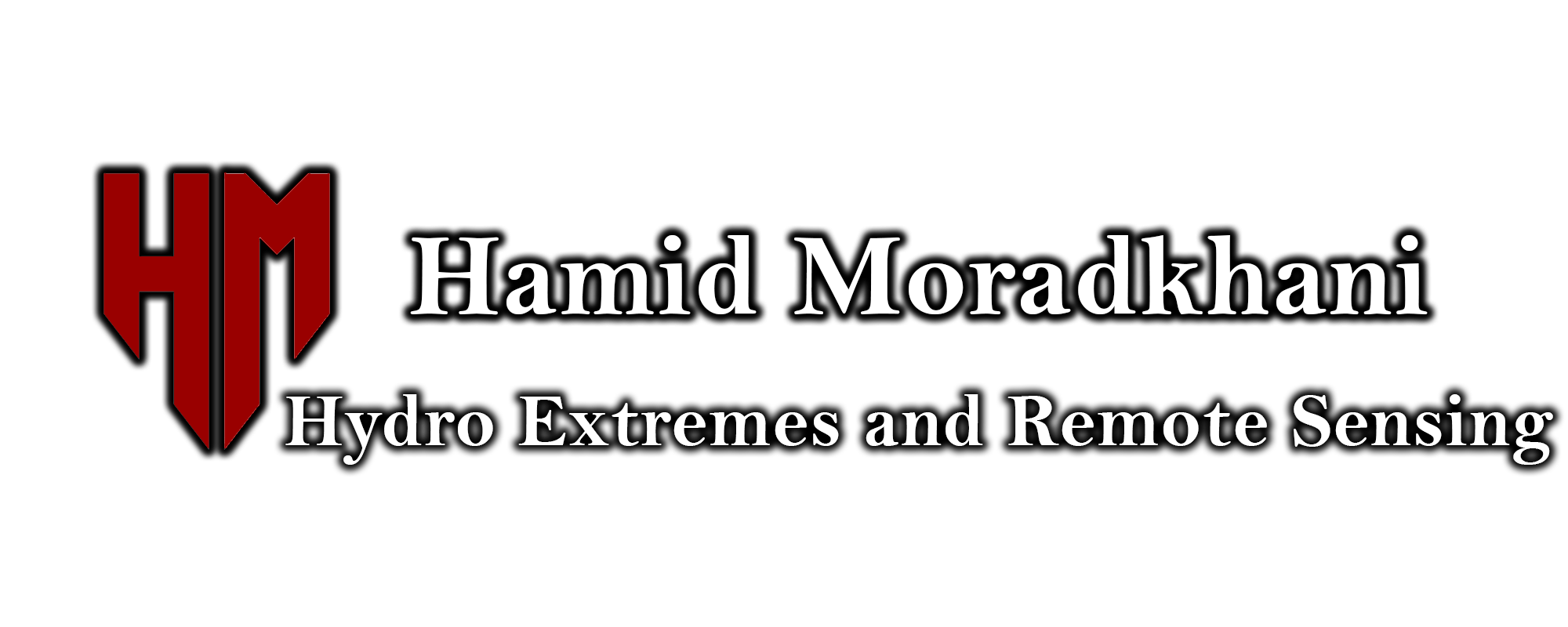Hydroclimatic Hazard, Vulnerability and Risk
This section of research explores the complexities of multi-dimensional vulnerability assessments related to natural hazards, using advanced analytical techniques to evaluate and manage risks across various regions. The studies utilize data-driven models, multi-criteria decision-making, and machine learning to construct comprehensive indices that capture a wide array of socio-economic, environmental, and infrastructural vulnerabilities at a detailed level. These indices facilitate a deeper understanding of vulnerabilities and are instrumental in identifying high-risk regions and communities, thereby enhancing targeted disaster preparedness and response strategies. The research introduces sophisticated methodologies for integrating diverse factors, from biophysical to socio-economic elements, emphasizing the necessity of nuanced vulnerability assessments. Moreover, the application of innovative forecasting methods for natural hazards offers improved ways to communicate risks and prepare for potential impacts, ensuring that stakeholders can effectively strategize and implement precautionary measures. Overall, the insights provided by these studies not only advance scientific understanding but also significantly contribute to policy-making and community planning efforts, aiming to mitigate the adverse impacts of natural hazards.
- Ahmadalipour, A., and H. Moradkhani (2019), A data-driven analysis of flash flood hazard, fatalities, and damages over the CONUS during 1996-2017, Journal of Hydrology, doi: 10.1016/j.jhydrol.2019.124106.
- Khajehei, S., A. Ahmadalipour, W. Shao, and H. Moradkhani (2020), A Place-based Assessment of Flash Flood Hazard and Vulnerability in the Contiguous United States, 10:448, Nature, Scientific Reports. doi: 10.1038/s41598-019-57349-z.
- Alipour, A. , A. Ahmadalipour, and H. Moradkhani (2020), Assessing Flash Flood Hazard and Damages in the Southeast U.S., Journal of Flood Risk Management. doi: 10.1111/JFR3.12605.
- Alipour, A. , A. Ahmadalipour, P. Abbaszadeh, and H. Moradkhani (2020), Leveraging machine learning for predicting flash flood damages in the Southeast US, Environmental Research Letter. 15, 2, doi:10.1088/1748-9326/ab6edd
- Song, J. ,A.Alipour, H.Moftakhari, and H. Moradkhani (2020),Toward a more effective hurricane hazard communication, Environmental research letters. doi: 10.1088/1748-9326/ab875f
- Muñoz, D.F., P. Abbaszadeh, H. Moftakhari, and H. Moradkhani (2021), Accounting for uncertainties in compound flood hazard assessment: The value of data assimilation, Coastal Engineering, doi:10.1016/j.coastaleng.2021.104057.
- Jafarzadegan, K., D. Muñoz, H. Moftakhari, J. Gutenson, G. Savant, H. Moradkhani, (2022), Real-time coastal flood hazard assessment using DEM-based hydrogeomorphic classifiers, Nat. Hazards Earth Syst. Sci., doi:10.5194/nhess-22-1419-2022.
- Karimiziarani, M., Jafarzadegan, K., Abbaszadeh, P., Shao, W., H. Moradkhani (2022), Hazard Risk Awareness and Disaster Management: Extracting the Information Content of Twitter Data, Sustainable Cities and Society, doi:10.1016/j.scs.2021.103577.
- Alipour, A., F. Yarveisi, H. Moftakhari, J.Y., Song, and H. Moradkhani, (2022), A Multivariate Scaling System is Essential to Characterize the Tropical Cyclones’ Risk, Earth's Future, doi: 10.1029/2021EF002635.
- Tanim, A.H., E. Goharian, and H. Moradkhani (2022), Integrated socio-environmental vulnerability assessment of coastal hazards using data-driven and multi-criteria analysis approaches, Nature, Scientific Reports, doi: 10.1038/s41598-022-15237-z.
- Yarveysi, F., A. Alipour, H. Moftakhari, K. Jafarzadegan, and H. Moradkhani (2023), Block-level vulnerability assessment reveals disproportionate impacts of natural hazards across the conterminous United States, Nature Communications, doi:10.1038/s41467-023-39853-z
- Boumis, G., H. Moftakhari, and H. Moradkhani (2023), Storm surge hazard estimation along the US Gulf Coast: A Bayesian hierarchical approach, Coastal Engineering, doi:10.1016/j.coastaleng.2023.104371
- Tripathy, S., K. Jafarzadegan, H. Moftakhari, and H. Moradkhani (2024), Dynamic Bivariate Hazard Forecasting of Hurricanes for Improved Disaster Preparedness, Communications Earth & Environment, doi:10.1038/s43247-023-01198-2
- Rashid, M., H. Moftakhari, and H. Moradkhani (2024), Stochastic Simulation of Storm Surge Extremes Along the Contiguous United States Coastlines Using the Max-stable Process, Communications Earth & Environment, doi:10.1038/s43247-024-01206-z
- Dey, H., W. Shao, H. Moradkhani, B. Keim, and B. Peter (2024), Urban Flood Susceptibility Mapping Using Frequency Ratio and Multiple Decision Tree‑based Machine Learning Models, Natural Hazards, doi:10.1007/s11069-024-06609-x
- Boumis, G., H. Moftakhari, and H. Moradkhani (2024), A Metastatistical Frequency Analysis of Extreme Storm Surge Hazard Along the US Coastline, Coastal Engineering Journal, doi:10.1080/21664250.2024.2338323
















